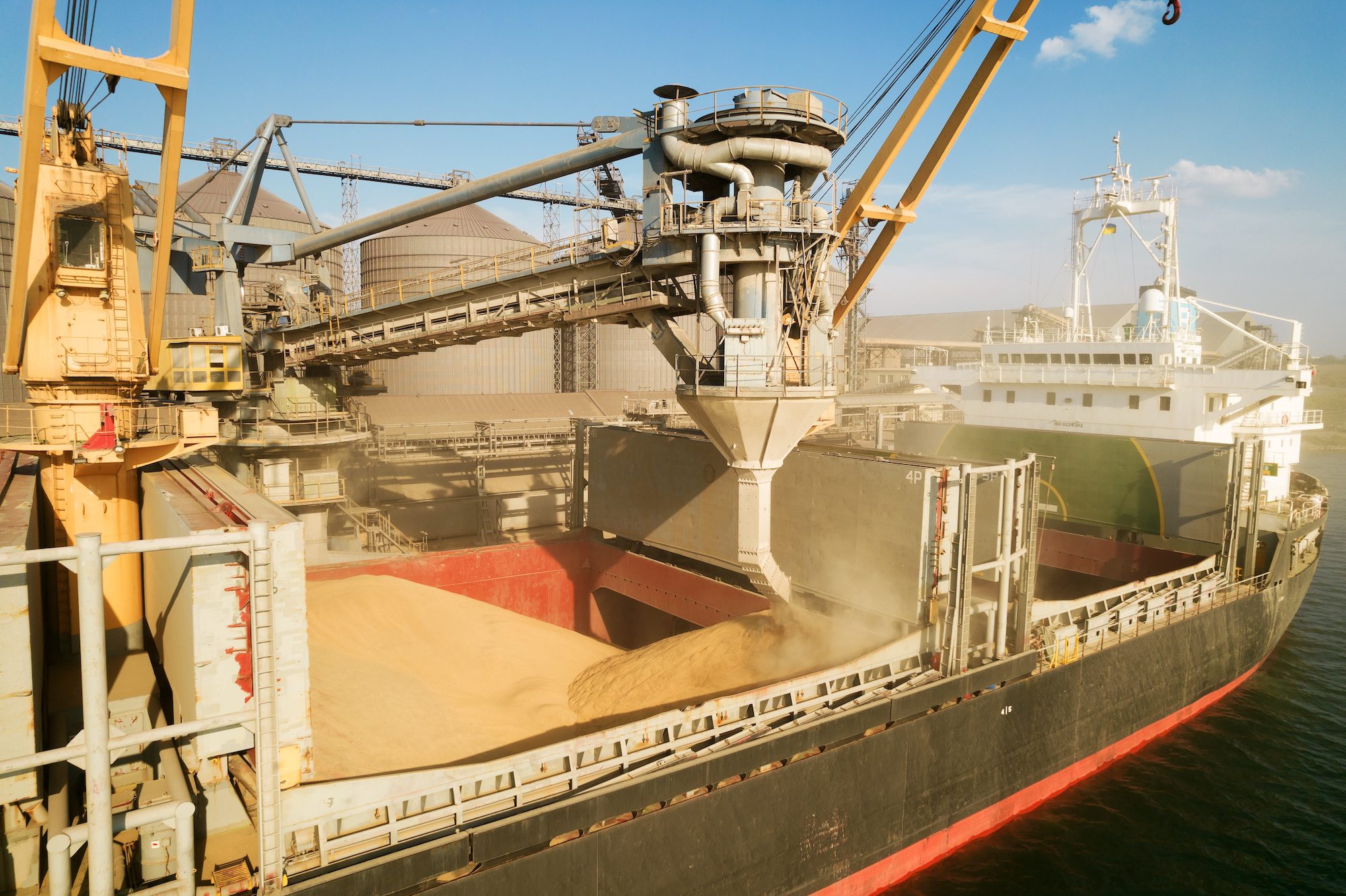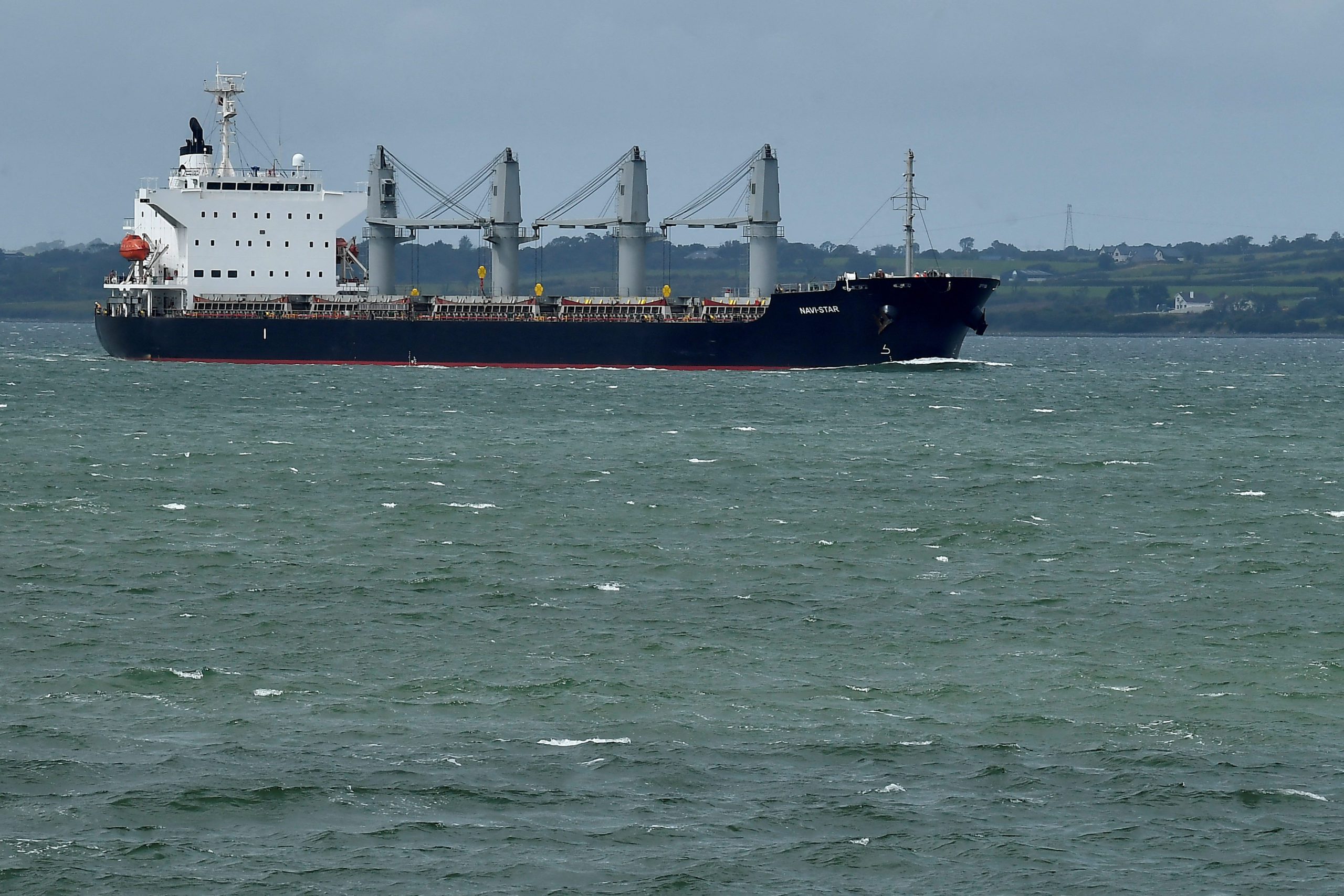With the continued fighting in the Ukraine, and the uncertainties surrounding sanctions, port closings, embargoes, and other disrupters, the shipping markets are staring into the face of….we just don’t know what.
On one hand, if cargoes are prohibited, that’s less demand. On the other hand, disruptions of this type mean that trades could shift- with ships scurrying around to a different load/disch combination—that’s reduced supply, so we are back to a market facing “definite maybe” on a grand scale.
The news impacting the shipping sectors has been covered in the mainstream outlets; on the container side, major ocean carriers will no longer be calling at Russian ports. On the drybulk side, the Ukrainian Black Sea ports, important in the grain trades (particularly for sizes under 60,000 dwt), will be off limits due to the hostilities. In the tanker markets, oil cargoes are still moving out of Russia’s Black Sea and Baltic ports, but the trade is watching closely to see whether embargoes on Russian cargoes will be implemented.
There have been cases where charterers have been reluctant to load Russian oil (and LNG), the so-called “self -sanctioning,” or labor refusing to work vessels arriving with previously loaded cargo. But official sanctions have not yet been applied.
On drybulk, there were divergent views, at a time that the Baltic Dry Index (BDI), a widely followed indicator, had now turned upward. For example, BIMCO’s new shipping analyst, Mr. Neils Rasmussen (who joined from Maersk earlier this year), notes that: “All in all, we believe that despite possibilities of increasing tonne miles demand for certain commodities, the war in Ukraine is a net negative for the bulk market driven by both a lack of commodity supply and reduced demand due to price increases.” Though he did not use the dreaded “R” word (recession), an economic pullback would shunt demand.
In the short term, the shifting trades could win out in some cases. Consortium Capital, a U.K. investment company closely involved in drybulk freight, noted that “…potentially longer voyages pushing the ton-mile demand in owners’ favor was the main talk of the town” for Panamaxes.
Consortium’s analysts, who closely follow forward freight markets (FFAs), said that: “The major technical point [of the week ending March 4] relates to the Panamax 4TC index breaching convincingly the long-term resistance level of approximately $23,500/day.” The implication, in Consortium’s view, is that: “This should trigger fresh buying orders [in the markets for Panamax FFAs].” The better than expected economic growth target in China is also thought to be bullish for iron ore and coal moves—though this may not play out right away.
In the tanker markets, the conundrum of short term and long term also presents itself. Nearby, caution is still the watchword; if Russian cargoes are pulled from the market, there are no instant replacements. Possibly, trades will shift around and possibly longer voyages will result, but the market is not showing near-term optimism since incremental barrels don’t come out of thin air.
The VLCCs (tankers hauling typically 250,000 – 270,000 mt of cargo) on the AG/ China route were showing dismal time charter equivalents of under $5,000/day into 2Q 2022 (indicating traders’ views of a weak market nearby), backed out from calculations of monthly FFA settlements.
Cleaves Research was pegging the hire on a 1 year timecharter—reflecting the outlook over a longer timeframe, on a VLCC at around $24,000/day. While this type of hire is marginally above a VLCC’s daily breakeven, the estimate reflects a sentiment that has turned more positive, albeit mildly, in recent weeks. Aframaxes and Suezmaxes (more versatile than their larger counterparts) were also seeing improved sentiment, with Cleaves estimating 1 year timecharters at $22,500/day and $24,500/day respectively—up sharply over the past few weeks.
High oil prices, with resultant higher ships’ fuel prices, also have implications for ship operation. With sky high fuel prices, consider that diesel fuel (technically “gasoil) was quoted well above $1,000/mt in major bunkering ports. Vessel operators, if left to their own devices, would wish to slow down as going slower means less fuel burn. Ceteris paribus (fancy talk for “everything else staying the same”), that means less available vessel capacity.
For scrubber-fitted vessels (purchasing heavy fuel oil, priced around $700/ton), their advantage over vessels requiring more expensive low sulfur fuels (the $1000/mt gasoil, or the slightly less expensive Very Low Sulfur Fuel Oil) grew. In the tanker sector, Cleaves Research pointed to scrubber-fitted VLCC’s (again, burning cheaper fuel) being worth $13,000 day more than non—scrubber counterparts consuming more expensive fuel. The calculations are complicated for the uninitiatex, but the bottom line is that time charterers will pay more for a vessel with lower fuel costs.
Lots of “definite maybes” and “on the other hands”. The bottom line: we just don’t know.
Sign up for our newsletter

 Join The Club
Join The Club











